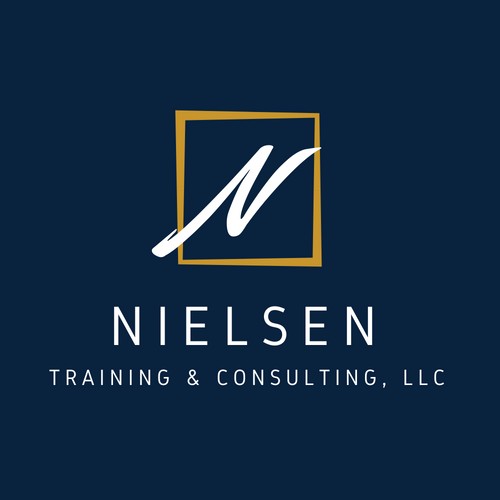"It is mutual trust, even more than mutual interest, that holds human associations together."
A common truth exists across the nonprofit sector, bridging organizations of all sizes, shapes, and subsectors. It shines like a beacon from a lighthouse, indicating smooth waters or troubled seas ahead. That common truth is that the most critical relationship in a nonprofit organization is the one that exists between the Board Chair and the CEO.
Board Chairs and CEOs may come from different backgrounds almost assuredly reflecting different life experiences, but together in their hands they hold the promise of what an organization can become and the impact it can have on the lives of those served. Countless resources exist that delineate the roles and responsibilities of a Board Chair and CEO, but far fewer offer practical guidance for nurturing a productive relationship. Here are a few reflections on tending to this most critical relationship:
Trust between Board Chair and CEO is the cornerstone upon which all else rests. When the Chair provides guidance or constructive feedback, the CEO must trust that it is coming from a place of good intentions. When the CEO provides information or insights, the Chair must trust it reflects thoughtfulness, reflection, and wisdom. Breakdowns in trust not only damage this relationship, but the ripple effects almost invariably extend to the full Board and staff. Board Chairs and CEOs who invest in building trust with one another create a culture that permeates the organization.
Practices that build trust include weekly “check-in” meetings, a commitment to “no surprises,” and frequent discussion of “what I need/don’t need” in particular situations.
By far, one of the most overlooked aspects of building a strong Board Chair - CEO relationship is the transition period. Transitions are hard! As a former nonprofit CEO, I vividly recall that there is a period of uneasiness any time the Board Chair transitions from one individual to the next. Work and communication styles may differ and without thoughtful preparation and intentional discussions, faulty assumptions can ground a relationship before it ever has an opportunity to blossom.
During the transition period, take time for honest conversations about communication style, expectations, support needed, and methods of accountability.
When working with a nonprofit for the first time, one of the first questions I will pose to a CEO and Board Chair involves a request to tell me the story of how and why they came to their current role. The Board Chair needs to know that the CEO embraces leading the organization. Likewise, the CEO needs to know that the Chair wants to be his or her partner. It is like being in a rowboat together where two people must row in sync in order to propel the boat forward. If one person loses interest or quits rowing, the boat goes into a tailspin.
Embrace your role by leading with energy and enthusiasm, setting realistic expectations, and being accountable for yourself and those you lead.
Leading a nonprofit can be a fulfilling and exhilarating challenge, but it can also be a lonely road. Cultivating a healthy relationship between Board Chair and CEO grounded in mutual trust, expectations, and accountability enables leaders to reflect their best self and organizations to thrive.
Whether you are rowing together in unison or struggling to get in sync, I encourage you to connect with us to explore the ways in which together we can help nurture the relationship you need and deserve.











